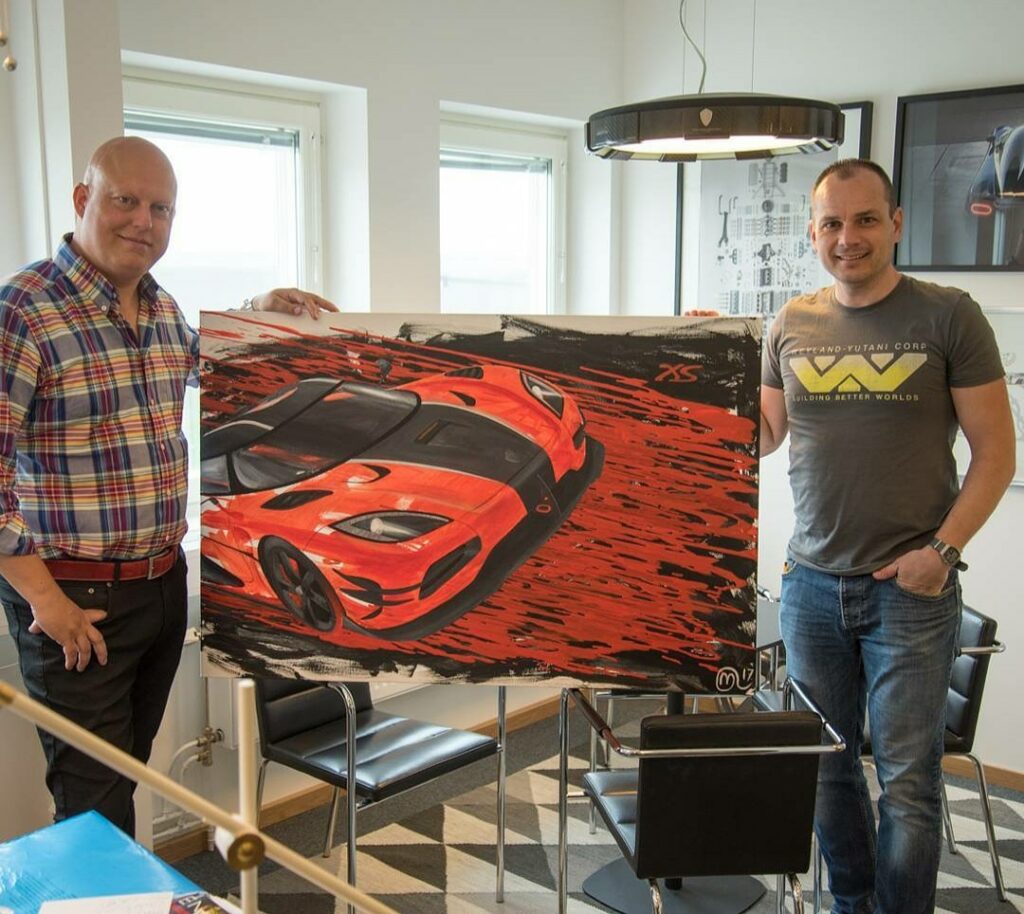
Mikael Lindberg: Swedish, Artist and Automotive designer, IF DesignAward winner in 2012 and Red Dot Award in 2013: Among his many customers we can count Volvo, McLaren and Hypercar brand Koenigsegg. During the Concours d’Elegance in Schwetzingen we had the opportunity to interview the talented designer:
Hi Mikael, it’s nice to have you as our first guest ever in this new column. First of all i want to ask you what came first for you, was it design or car?
Booth, the fascination for cars and design started at the same time. I started sketching cars when I could hold a pencil. Im literally doing the same thing since I was 3 years old, the only difference is Im getting paid for it compared as a kid, a dream job!
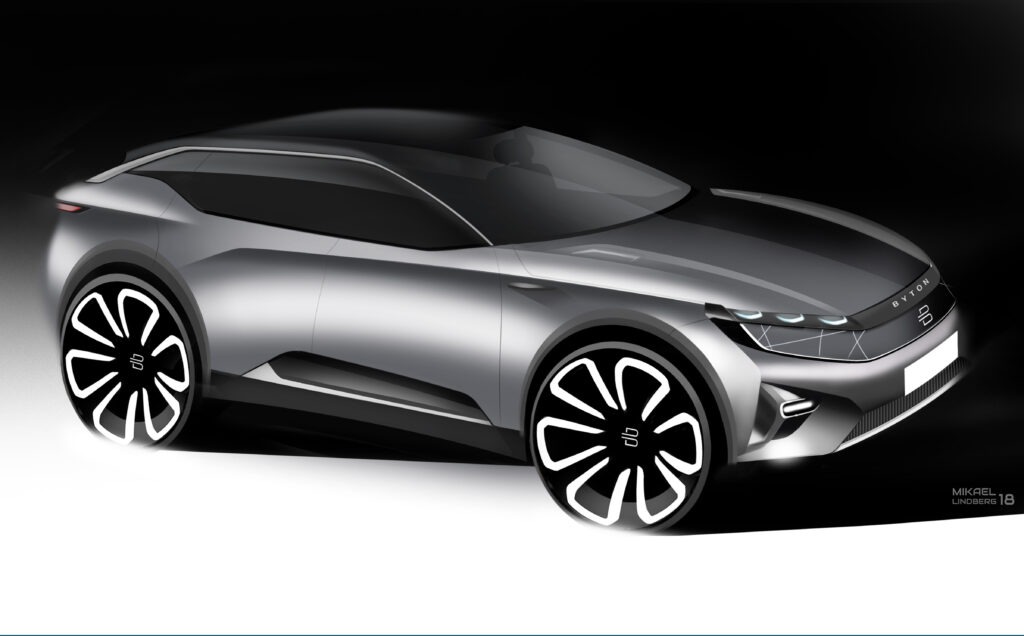
If you had to choose between 3 car models, what do you consider the most beautiful cars ever made?
That is probably the most difficult question to give a car designer/ car enthusiast! There are so many, but will try. Mercedes Benz 500K Autobahn Kurir (pref. in black), Maserati A6 GCS Berlinetta by PininFarina (pref. in silver) & Aston Martin DB5 by Touring Superleggera (pref. in silver)
You’ve worked for different brands in the automotive industry. Which of your creations you are most proud of?
Another difficult question, its like asking a father to choose his favorite child. Because the car design process is such long tough emotional process. You compete against other great design talents, to make your design in favour for the management by sketches/ renderings, clay models, digital models. But the first project is always special, which I was working on during my summer semester from university between 2 and 3 year, for Koenigsegg Automotive AB, just a 4 months long period. It was the first produciton car, Koenigsegg CCv8s. We did such important improvemets to get it certified, many practical and easthetical detalis that we solved there, in a very short period. Im very thankful to Christian von Koenigsegg for had given me that opportunity. I learned how a sports car is assembled, how the whole process work that I was able to be part of it, practically. Im very fortunate about having that knowledge, in an early age. Not many car designers does ever possess that experience! Making tool moulds, laying carbon fibre on a tool before its put in the autoclave oven, and be part of the rest of the manufacturing process. I met the Master set up driver, Loris Bichocchi, with all his knowledge, was an eye opener as well. He just had a field note book, to write things down in, no tech equipment, just pure feeling and experince. I think, meeting and working with him and Christian might be the lime light moment in my carrer.
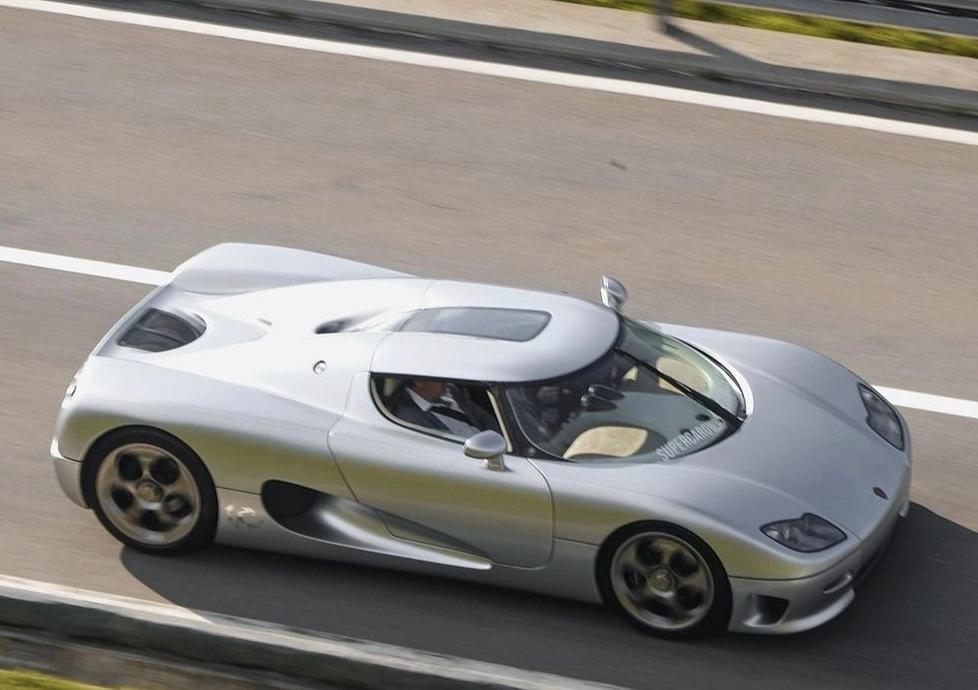
What motivates you?
Music is the greatest motivation, great coffe, Syd Mead artwork, watching Zlatan playing football.
And what are your Inspiration sources?
Running in the forest, being close to nature, old cars, study animals, architecture.
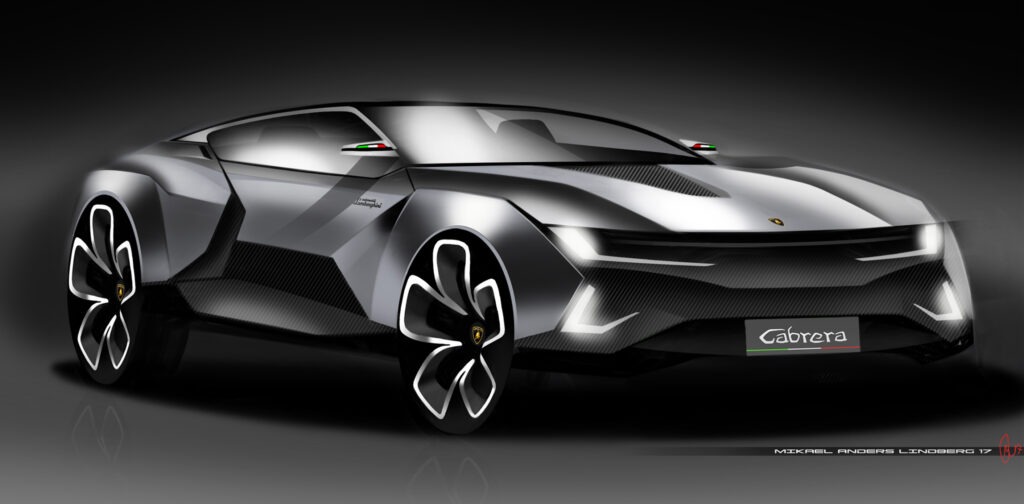
What do you feel is the most important skill an automobile designer should possess?
To be able to sketch freely what you think with a ballpoint pen, for communicating and express your ideas to others on a paper!
What was your greatest accomplishment as an automobile designer?
Design prices are always lovely to possess, but working in a team with other professionals and share a vision and a dream, then accomplish that, is the greatest in my mind. Car design is a team work! When we designed the mighty Koenigsegg Jesko, I think that was achieved. Sadly we lost the engine genius Dag Böhlenius earlier this year, a truly master mind behind the succes of the brand!
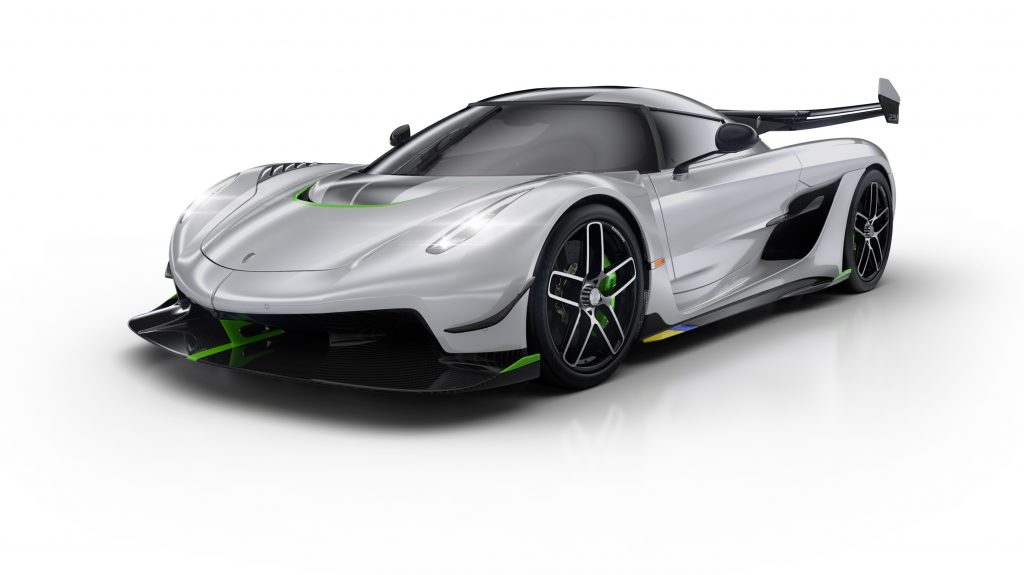
We are in a transition phase. The automotive world is changing. How is your relation with EV? Do you think that simpler and less bulky mechanics give you more freedom of design?
Im not a fan of EV’s, even though I have worked for pure EV companies such Byton and Hongqui. There are other solutions, better for the environment for the moment in my opinion, that haven’t been given a fair chance as the EV startups I think. There are always two sides of the coin. It is a political question, and I think we need to grab the whole line of solutions, than just pick one for finding THE solution. We need several solutions, fitting different needs and abilities. Concerning the design freedom in EVs, not needed with front grille, will change the face of a car. The petrol engines front grill was pure functional but also used as the most important part on the car to express the car brands expression
What design projects are you currently working on?
Im working on something very interesting and revolutionary, but I can talk much about it for the moment! More to come.
We are looking forward to know more about your new project, what do you foresee in the automobile industry?
More assimilations between companies for lowering production costs, but I hope we have more small brave hearts in smaller companies that could change it! I hope that the autonomous driving will be less and focus the investments for improving cars for the future.
…and also from an aesthetic point of view! Last question Mikael: What is next for you?
In my project, the financials are important issues for the moment. When you plant a new seed as a project, investments at the right moment are a key to success, no matter how brilliant the idea is. Concerning my art, i’m blessed to work with a great collector of my art and Im about starting up creating a great collection of new paintings for him.
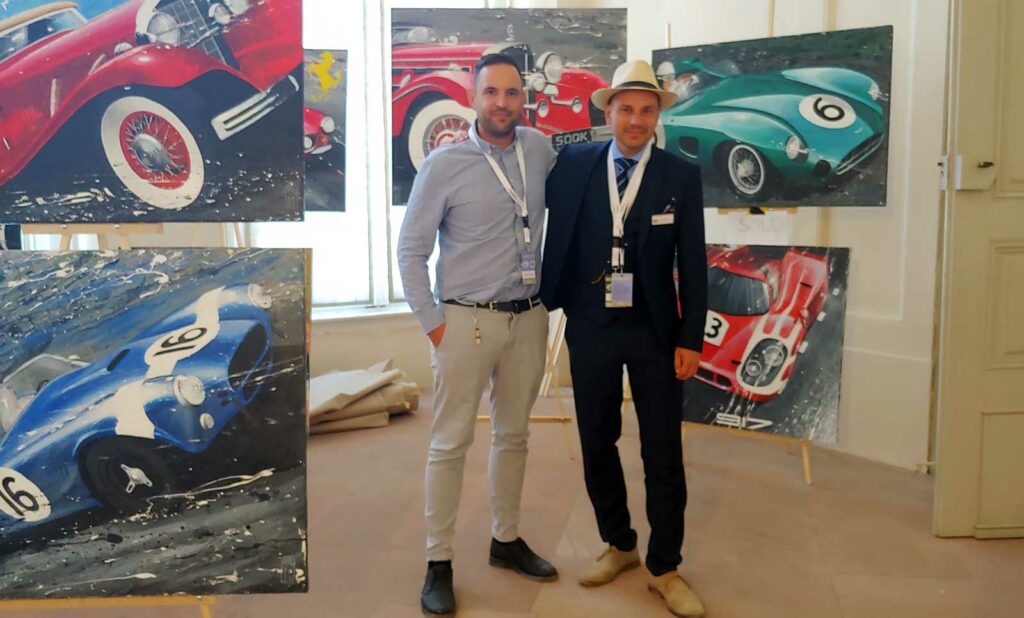
You can find Mikael Lindberg here:
www.Petrolhead.portfoliobox.io
Instagram: @swedemikael

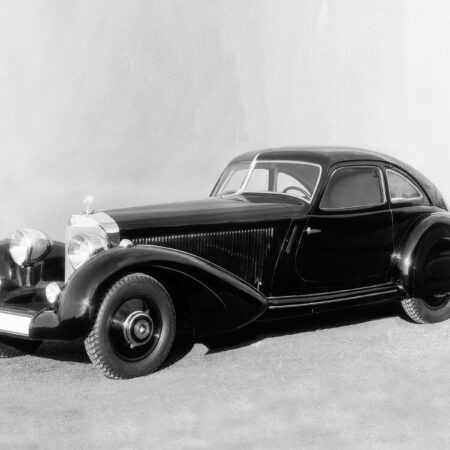
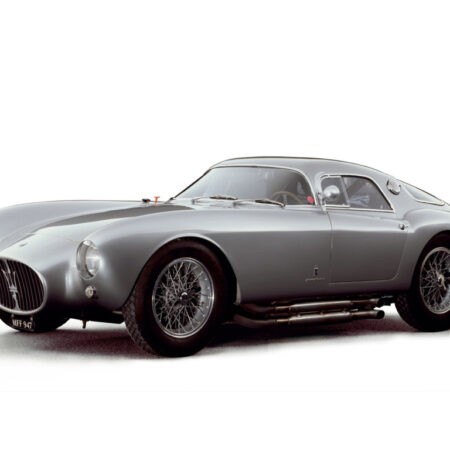
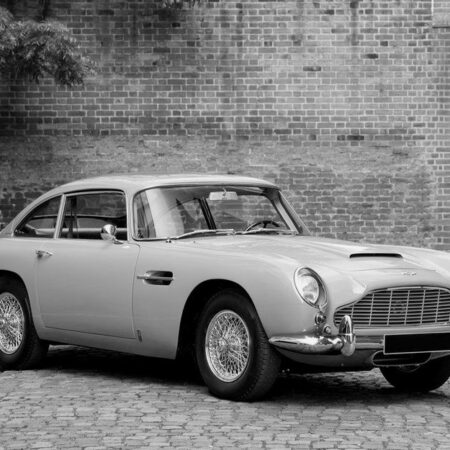
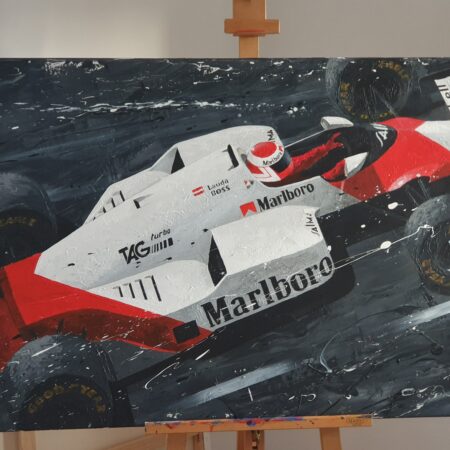
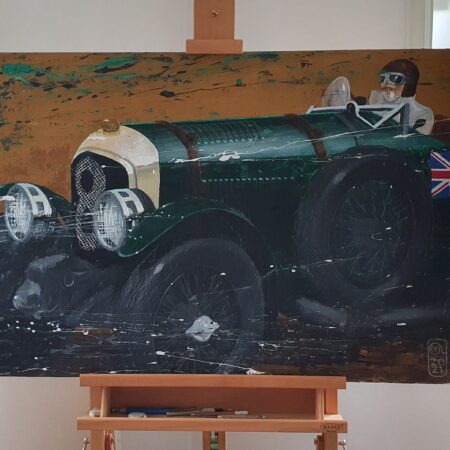
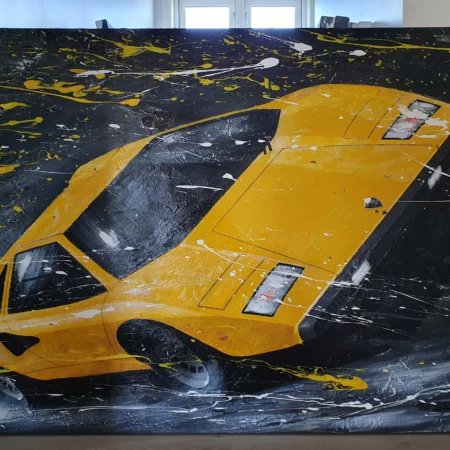
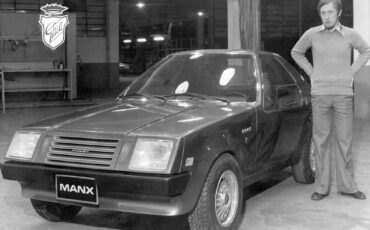
Interessante nuovo format! please more Andreas!